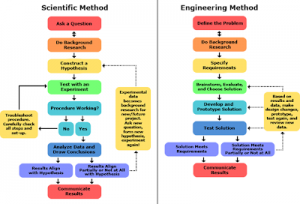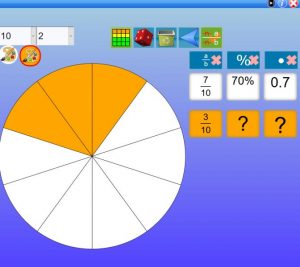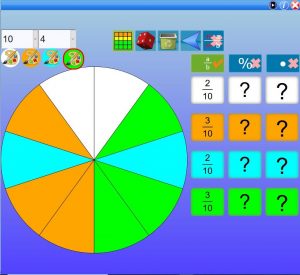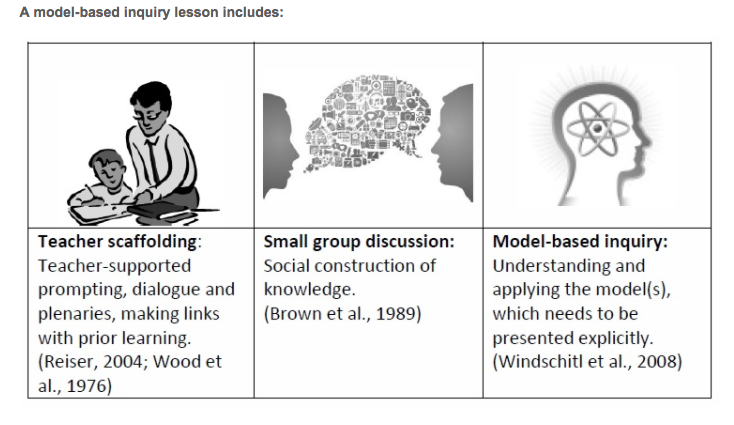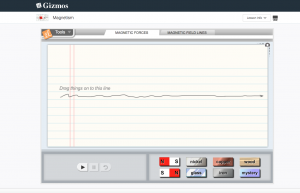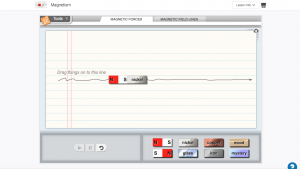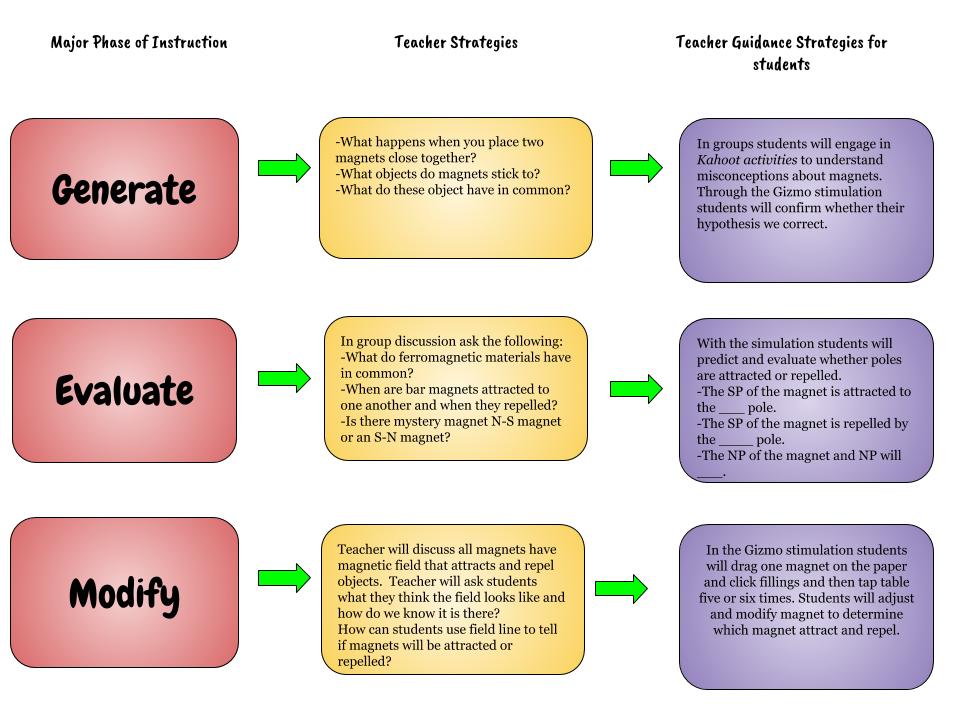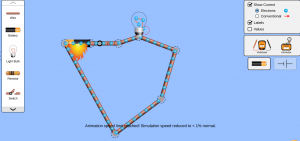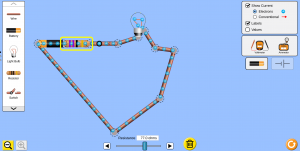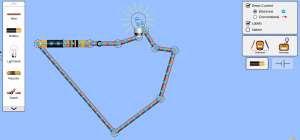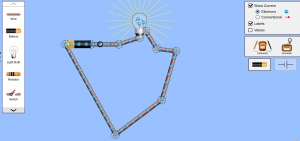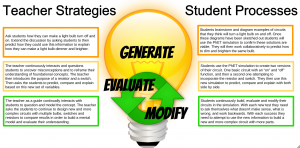The grade 6 BC science curriculum includes the Big Idea: Earth and its climate have changed over geological time. A T-GEM model will be used to support inquiry and engagement by the students. Khan (2010) strongly emphasizes the importance of teacher interactions which engage students in inquiry. Understanding climate change requires big picture thinking and simulations and interactive images can prompt one to form questions, seek answers, assess their previous thinking and adjust accordingly. Using “model based learning” that requires students to critique, build, and change how they think about the world we can achieve high level learning (Khan, 2007).
An example of a T-GEM model would be:
GENERATE
In the first phase of the T-Gem model the teacher will look to have students express their level of understanding. A good way to do this would be to use the NASA Global Climate change website to explore the various images of climate change and related stories about the real effects. Students will also use the climate change simulation available to show how things have changed over time in greens gas and climate.
Students will read and view the images and articles and write down their observations and questions. They will describe any relationships or patterns they see in the material. The students will then make notes for further exploration. They will also note their initial reactions to using the simulator.
EVALUATE
In the next stage students will engage in research to determine what the believe about climate change, whether it is an undeniable fact, whether they believe it can be reversed, what effect humans actually have etc. They will attempt to answer the questions they geared in the first stage through this process. They may explore the websites and then discuss their findings in small groups.
Students will research using the following websites:
https://www3.epa.gov/climatechange//kids/index.html
https://climateclassroomkids.org/
https://www.nationalgeographic.com/environment/climate-change/
MODIFY
After discussing in groups students will be asked to share what they have found, explain what they used to think and how that may have changed, and draw conclusions based on the activities and research they have performed.
As a final activity students will collaboratively explore what the future will hold if the problem is not addressed. They will be tasked with designing a plan of action of how they and others can help fight climate change.
Khan, S. (2007). Model‐based inquiries in chemistry. Science Education, 91(6), 877-905.
Khan, S. (2010). New pedagogies for teaching with computer simulations. Journal of Science Education and Technology, 20(3), 215-232.



